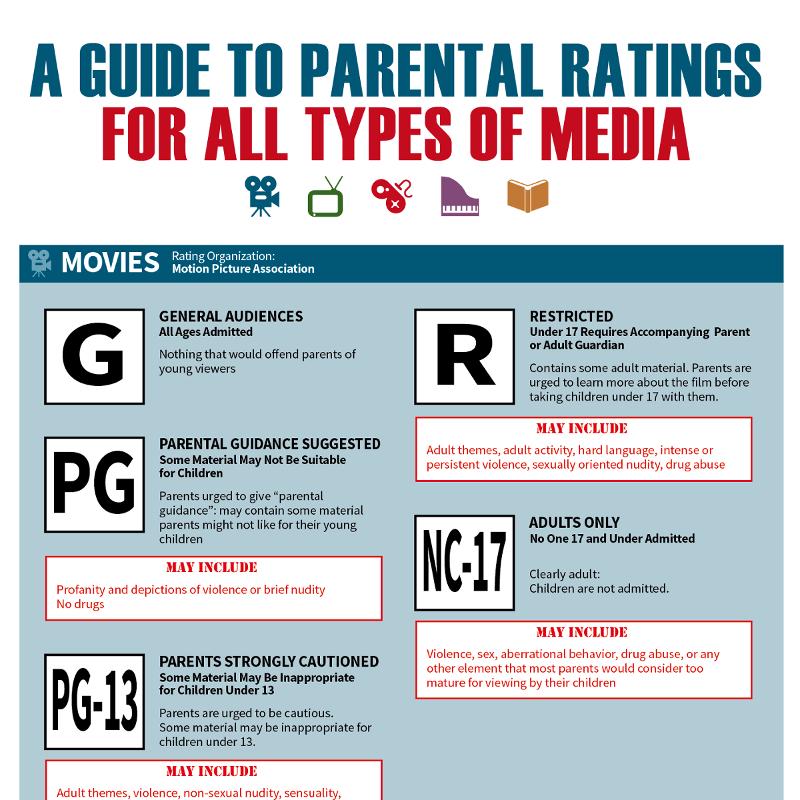As children spend more time online, the exposure to inappropriate content has become a growing concern for parents. The internet offers a vast sea of information, but it also harbors content that may not be suitable for young minds.
Understanding the risks associated with inappropriate content and how to protect children is crucial for modern-day parenting.
This article aims to provide a comprehensive parental guide on what to do when children encounter inappropriate things online.
1/ Understanding Inappropriate Content
Inappropriate content can range from explicit ads to cartoons in adult situations or harmful forums. What parents deem as inappropriate may differ from their child’s view, depending on age and maturity. Understanding this perception gap is crucial for effective parental guidance.
Exemples of inappropriate content:
- Pornographic material,
- Content with swearing, racism, sexism, emotional distress…
- Content with violence or cruelty
- Gambling, unsupervised chat rooms…
Where Inappropriate Content is Found
Inappropriate material can be encountered on:
- Websites
- Apps
- Links
- During online interactions
Parents should be aware of the dangers of live streams and the risk associated with joining social networks early or using age-inappropriate apps.
2/ Statistics and Risks
A significant concern is that 56% of teens have seen explicit material online. Factors such as early social media usage and participation in live streams contribute to this exposure. Understanding these statistics helps parents gauge the potential risks and take appropriate action.
Source: Results from the anonymous survey of more than 20,000 young people, https://www.abc.net.au/news/2018-04-30/kids-online-activity-porn-bullying-addiction/9705390
3/ Protective Measures
Age ratings like PEGI categorize video games based on appropriateness for different age groups. Selling games to children below their PEGI rating is illegal.
Social media platforms generally require users to be 13 or older due to privacy laws. Utilizing tools like app age ratings and filters can help protect children, along with building digital resilience

Expert Advice
Dr. Linda Papadopoulos provides valuable advice on building digital resilience, helping children deal with online risks, and making informed decisions.
4/ Talking to Children about Inappropriate Content
Encouraging open communication with children is vital. Teach them to question online interactions and be cautious about sharing personal information.
- Explain age limits and age-inappropriate sites
- Talk about what is fake and what is real
- Talk about positive ways to use tech
Promote positive online behavior and help them rectify any harm caused by their actions.
Handling Media Violence
While attributing aggression solely to media violence is challenging, limiting exposure to virtual violence is essential.
Parents should select content that aligns with their values and explain the consequences of violence. Teach conflict resolution using words rather than resorting to violence.
Understanding Media Ratings
Understanding media ratings and following age-appropriate guidelines are essential. M-rated games, intended for players aged 17 and above, are unsuitable for children due to extreme violence and sexual imagery. Parental discretion is vital in such cases.

5/ Seeking Support and Reporting
Parents can update their Family Agreement to outline house rules and reward children for adhering to it and reporting any issues.
Encourage a break from social media if posts deeply affect them and consider seeking professional help if required.
Practical Measures for Parents
Parental controls like Mr Arthur offer options for filtering content, limiting screen time, and tracking location on different devices.
Social media apps and home network solutions can also be used for monitoring. However, maintaining open dialogue about safety and responsible behavior is essential.
Conclusion
In today’s digital age, parental guidance is vital to protect children from inappropriate content. Understanding the risks, communicating openly, and implementing protective measures are crucial steps towards ensuring a safe online experience for children.
By actively engaging with their online activities, parents can foster a secure digital environment that promotes responsible internet usage.
Click here for a similar article on How to block inappropriate content on iphone.
FAQs
Q1: How can I protect my child from accidentally accessing inappropriate content online?
A1: Utilize tools like parental controls, app age ratings, and content filters to limit exposure to unsuitable material. Building digital resilience and promoting open communication are also effective measures.
Q2: Are violent video games harmful to children?
A2: While violent media can be a risk factor, solely attributing aggression to video games is challenging. Parents should limit exposure to virtual violence and teach conflict resolution using words.
Q3: What should I do if my child encounters distressing content online?
A3: Encourage your child to share their experience and emotions with you. Consider taking a break from social media, and seek professional support if needed.
Q4: How can I set age-appropriate guidelines for my child’s media consumption?
A4: Understand media ratings and follow age-appropriate guidelines for movies, video games, and apps. Exercise parental discretion in cases of extreme content.
Q5: What are some practical tools for monitoring my child’s online activities?
A5: Parental controls, device-based filters, and third-party monitoring services like Bark and Qustodio can help track and manage your child’s internet usage.
Sources:
- https://www.mdx.ac.uk/__data/assets/pdf_file/0021/223266/MDX-NSPCC-OCC-pornography-report.pdf
- https://www.internetmatters.org/issues/inappropriate-content/learn-about-it/
- https://www.commonsensemedia.org/articles/tips-on-how-to-deal-with-media-violence